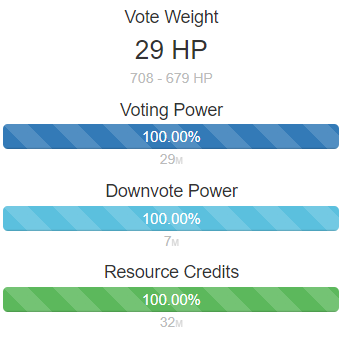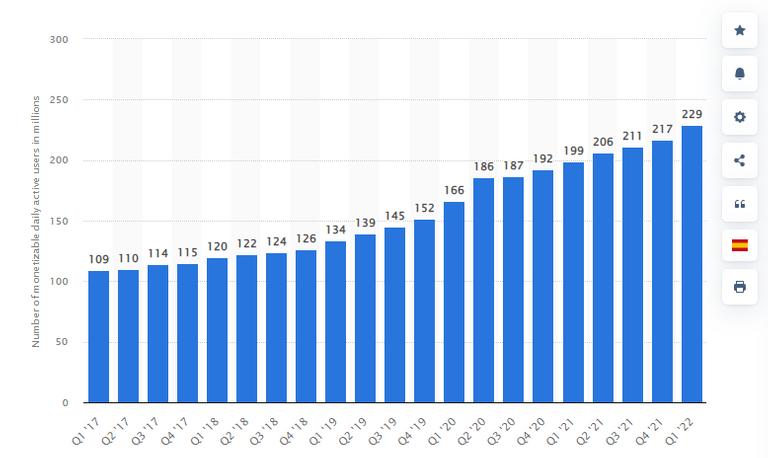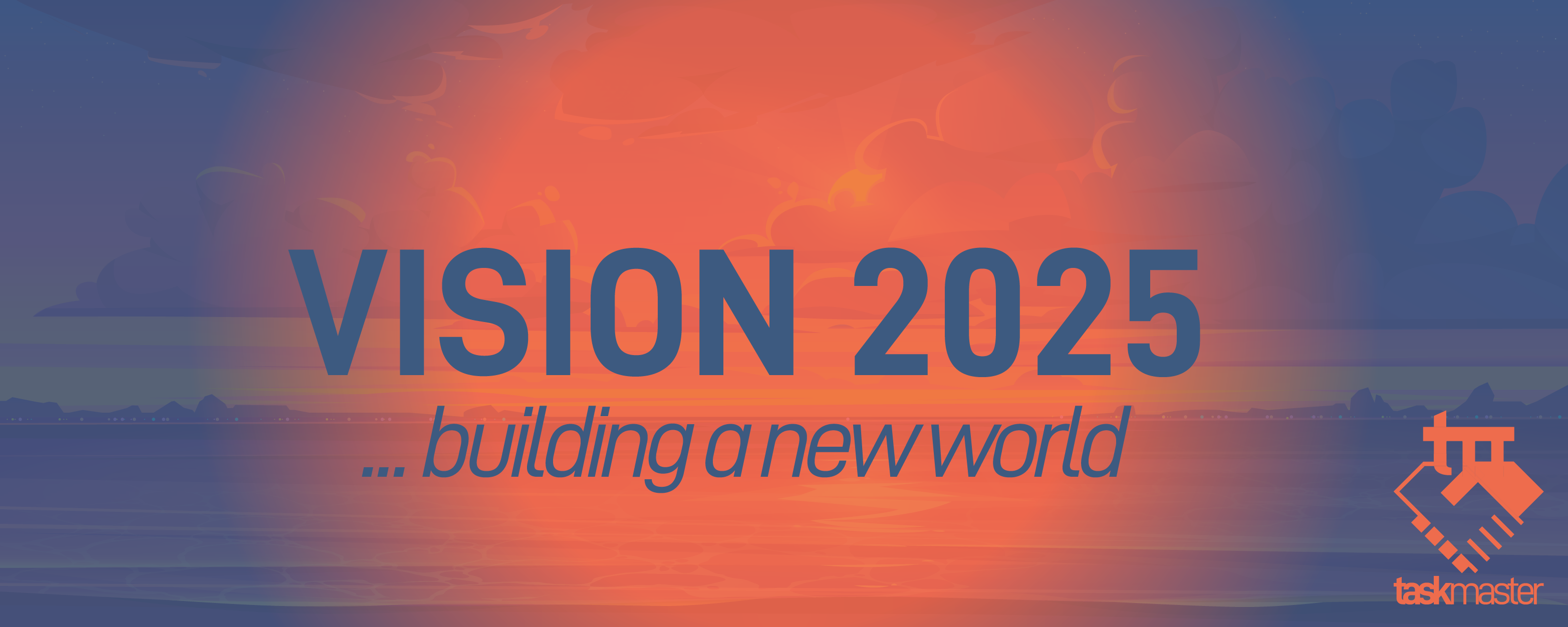We knew all along the biggest driver for people acquiring Hive would be to interact with the blockchain. $HVE, in addition to its other features, is an access coin. It allows for people to gain the ability to write to the chain.
So far, since the focus of the chain was primarily on long form content and gaming, the latter which mostly use Custom JSONs, there is little issue. Once in a while a newer person will run out of Resource Credits, a situation that is usually alleviated by someone else delegating 25 or 50 HP.
This could all be changing in the new few months. Doing some simple math means that we could be looking at hundreds of accounts needing more than 100 HP. It is a number that might grow rapidly into the thousands.
All along we knew it came down to use case. This was something many of us discussed. When $HIVE is need simply to operate, there will come a time when the demand is great.
That day could be happening before the end of the year.
The Math Of Hive
Before getting into the feature that could really change things, let us get an idea of what we are dealing with.
To start the analysis, we take an account with 29 HP. This seems like the range where we might push to get newer people. This can be through delegation or by helping them to earn some HP. Either way, it is about double what accounts were delegated on the legacy chain.

What does that get someone? According to Hiveblocks, we see this:

This account would be allowed, based upon Resource Credit pricing at the moment, roughly 28 comments. That means we see 1 HP is equal to 1 comment.
Of course, the challenge is the fact this is total. That means the 28 comments are good for 5 days. Thus, one making that many comments would have no more RC to operate.
The replenishing does happen at a rate of 20%, per day, so the account would get a little more than 5 back on a daily basis.
We also have to point out that the cost, in RC, per activity can fluctuate based upon the traffic on chain. Keep in mind, the Resource Credit system is what eliminates the direct transaction fees.
What all this is revealing is the need for Resource Credits, i.e. HP, could really explode. If we look at things at the individual account level, it really does become clear.
So now we have to look at what will drive demand.
Microblogging
The idea of microblogging is something that was discussed a great deal over the years. Setting up a "Twitter on the Blockchain" seemed like a good first step into the plethora of Web 3.0 social media options that were being developed.
Unfortunately, the technical dynamics are not so easy. When it comes to Hive, top list posts are limited to one every 5 minutes. This also creates a host of other issues when dealing with rewards and autovoters.
It does seem like that situation is going to be resolved. The Leofinance team is within a week or so of releasing an update that will add microblogging to its front end. This is actually a precursor of what is to come. By adding it to the existing website, the infrastructure can be tested before rolling it out as its own application.
Here is where the challenge enters from what we just discussed.
If we dealing with an account of roughly 30 HP only being able to interact 5 times per day, that is not nearly enough. Think of how much posting people do on Twitter. With this new feature, from the network perspective, it is posting comments.
That means the average user is going to require at least 4-5 times the amount of RC. We can put this number at between 120-150 HP.
For many who are on Hive, this is not an issue. The issue could be for newer users who enter the ecosystem via the microblogging application.
Resource Credit Delegations
It is easy to see that we are going to have to get RCs into the hands of newer users. This is going to be vital for the success of the platforms going forward.
There is a new feature that will be included in the next hard fork called Resource Credit Delegation. This is going to allow the RC to be delegated while the original accounts holds onto the Hive Power. As we can already see, this is going to have an impact in the area we are discussing.
This is also what could drive the demand for $HIVE.
Resource Credit delegation is going to be the next step in Hive's evolution. Ultimately, someone is going to have to purchase the $HIVE and stake it.
Going back to Hiveblocks, we see the total amount as it stands now.

With 161 million HP in existence, that means we can get about 32 million "Tweets" per day (161M/5). This certainly is not an issue with a chain that does around 2 million transactions per day in total. However, when we think about all activity it becomes clearer.
This is what we see with Twitter:
As of May 2020, every second, on average, around 6,000 tweets.
or, 350,000 tweets sent per minute
or, 500 million tweets sent each day
or, 200 billion tweets per year
We have to keep in mind, there are other activities on Hive. Simply because there is a microblogging feature, that does not mean that people will stop playing Splinterlands. The same is true for those posting long form articles. People are still going to vote on content. Plus, the blockchain will still distribute rewards.
The point is that we can see a crunch on Resource Credits taking place. Right now, again looking at Hiveblocks, we have a total supply of 386 million $HIVE. How much of that will find its way into wallets and staked?
As a comparison, we see this regarding Twitter:

Certainly, we are not proclaiming that Hive is going to get 200 million users from Twitter. However, to think that a few hundred thousand will not utilize a microblogging service once it is fully offered also seems far-fetched. There are already around 10K people on Hive who operate regularly. Adding this to the Hive package of offerings is really rounding out the social media options.
As an aside, it should be noted that on Hive, the follower list is the same. Thus, anyone who is producing Medium-style blogging, soon to be released microblogging, or video content will have their followers see it all. This is a big difference from Web 2.0.
It all comes down to simple math. With the present RC pricing, if each account that is serious about microblogging is going to require an amount equal to 100 HP, then we simply multiply the expected number of users to see how quickly $HIVE will get swallowed up.
From these calculations, it will only take a very small percentage as compared to Twitter to produce buy demand. The need for Resource Credits will grow which means more HP is going to be required.
We could see things radically different 6 months after the full release on a microblogging application.
If you found this article informative, please give an upvote and rehive.

gif by @doze

logo by @st8z
Posted Using LeoFinance Beta









